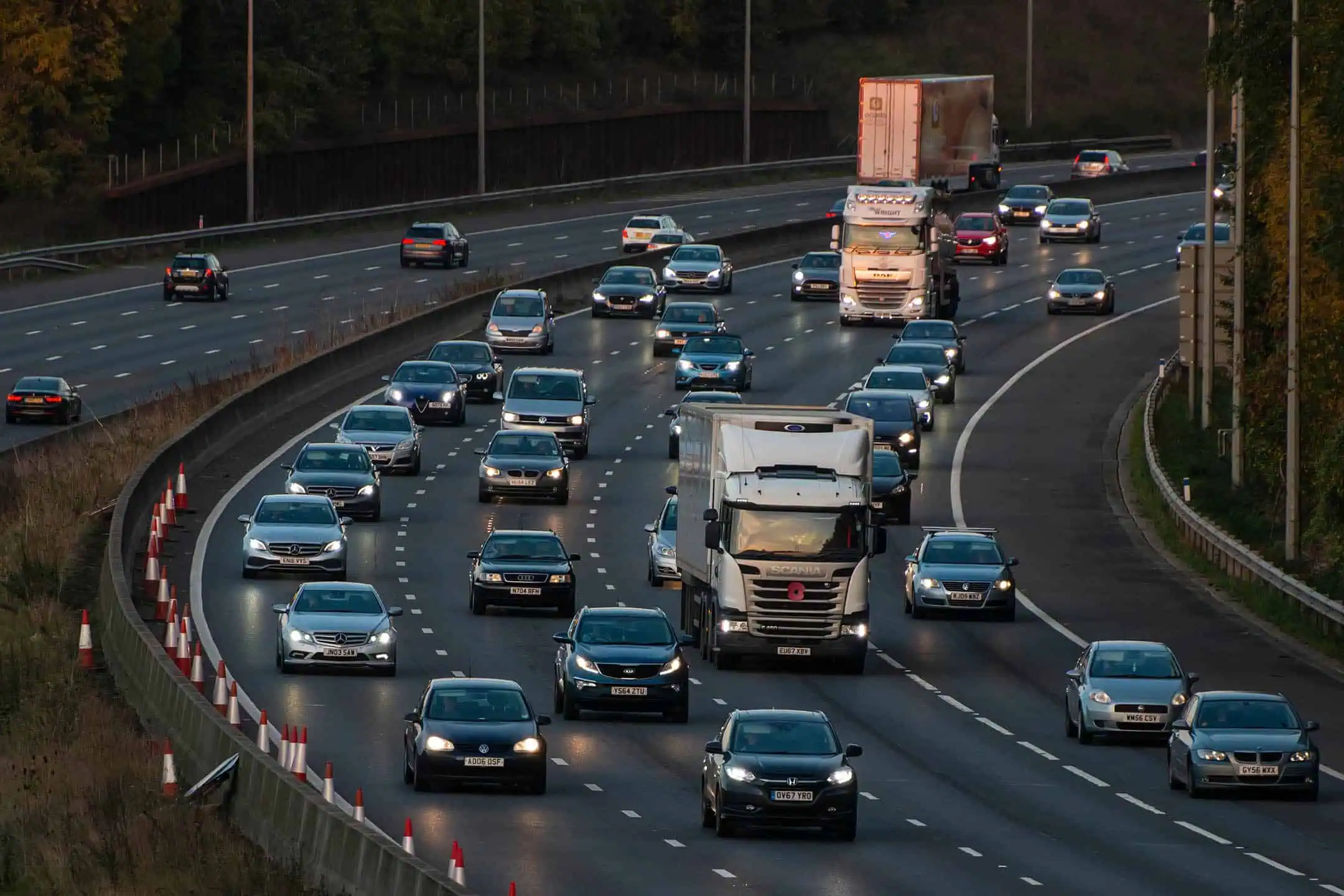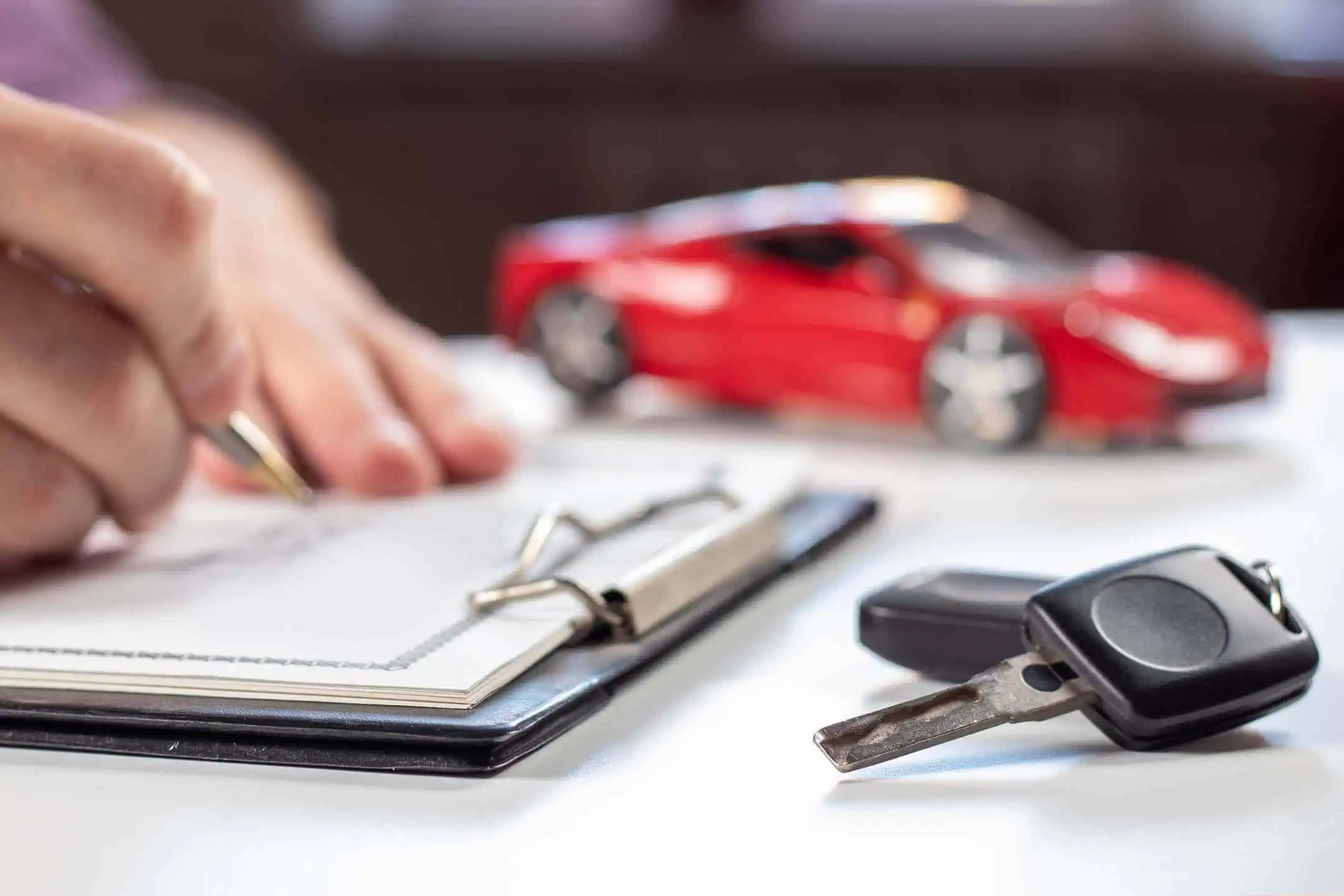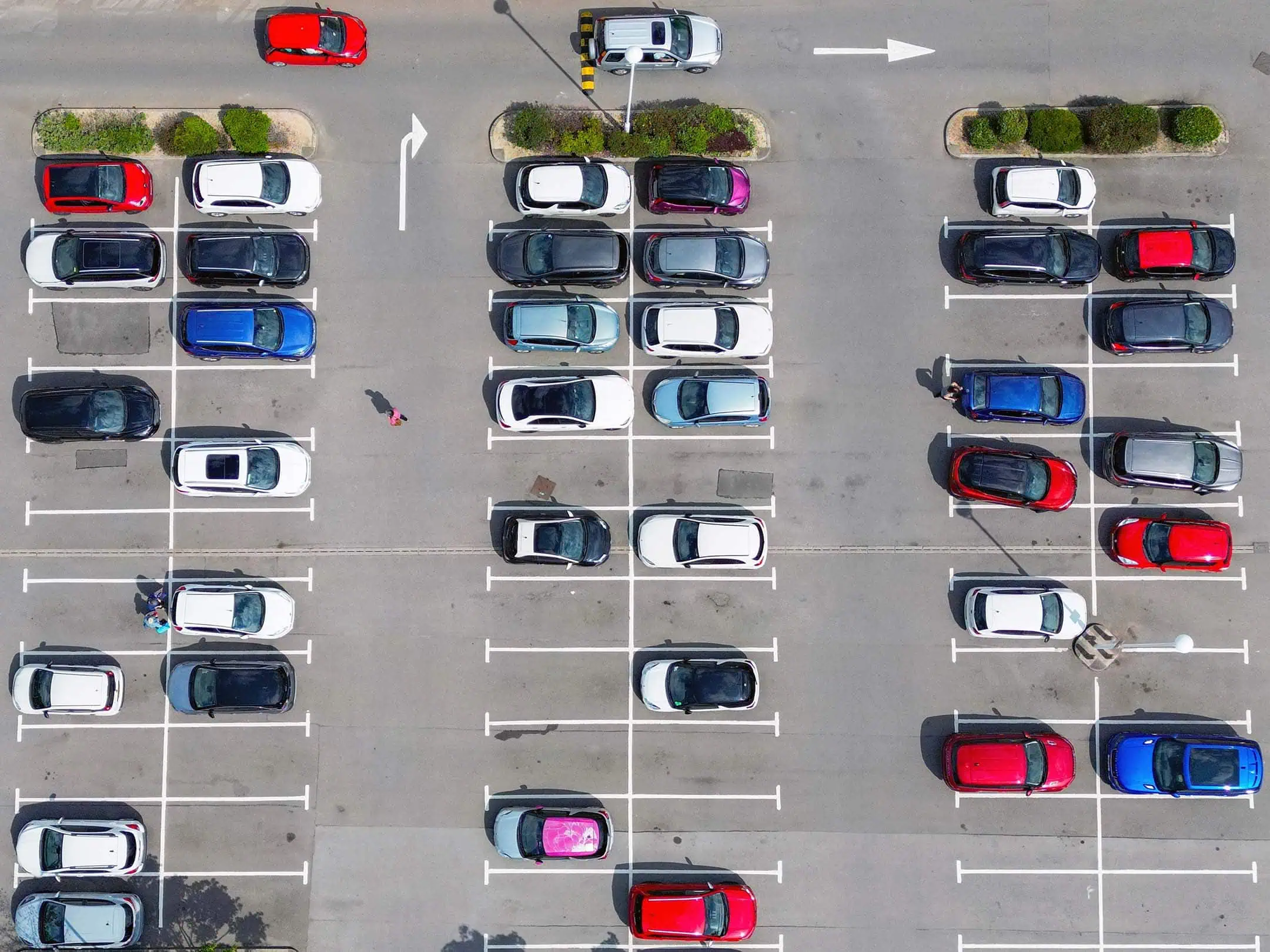Car Insurance Groups

What do car insurance groups mean?
All new cars sold in the UK receive a car insurance group rating score from 1 to 50. Insurers use this information to help them calculate the cost of car insurance premiums.
Lower car rating scores typically lead to lower premiums on your insurance.
If you want to save money on driving costs, there is no better place to start than driving a car in one of the lowest insurance groups.
If you know a car’s registration number, check out the car’s insurance group rating here.
How is the cost of car insurance groups calculated?
Thatcham Research UK is an automotive risk intelligence organisation that acts as the motor insurers’ research centre, assisting the motor industry in developing safety standards for drivers and passengers while retaining lower insurance costs.
The knowledge possessed by Thatcham Research informs and influences the *Group Rating Panel to determine how safe and secure a car is and set accurate risk indicators for vehicles.
The Group Rating Panel identifies which cars will likely cost insurers the most in insurance claims and assigns all new car models an insurance group score from 1 to 50, with the lowest being the cheapest to insure.
The car insurance companies then use the insurance group system to help identify the risk associated with the car.
*The Group Rating Panel comprises the Association of British Insurers (ABI) and Lloyds Market Association (LMA) members.


How do car insurance groups work?
The Group Panel reviews more than 125 data points when giving a new car model an insurance group score, including:
Cost of repairs
Thatcham states more than 50% of insurance claims paid out go to repairing vehicles. Therefore, the cost of spare parts is vital in pricing car insurance. The cheaper the repair price, the more likely the car will be in a lower group rating.
Parts prices
A template of 23 common car parts enables comparison costs between manufacturers. The lower the costs of these parts, the more likely a vehicle will have a lower insurance group number.
Repair costs and times
Cars with longer repair times will subsequently cost more to fix and will likely receive a higher group rating.
Price of new car values
The retail value of a new car is a significant influence and an accurate guide to the cost of repairing or settlement in the event of a total loss. Expensive cars are in the higher groups, whilst less-priced cars are in the lower groups.
Performance Car performance
A car’s top speed and performance, including its 0-60 acceleration time, weight, and top speed, significantly influence the group rating. Insurance claims statistics show that high-performance cars are a higher risk and usually involve more insurance claims.
Design and Safety
The complexity of the vehicle’s standard fit systems, including security and active safety equipment.
Autonomous Emergency Braking (AEB)
Cars fitted as standard with Autonomous Emergency Braking (AEB) that automatically halts the car if the driver does not make a necessary correction is a plus to a lower score.
Design Bumper compatibility cars
Vehicles with bumpers compatible with the insurer’s criteria can lower a car’s insurance group.
Design Car security
Factory-fitted security features can reduce insurance claims costs, such as having high-security door locks, alarm or immobilisation features and glass etching.
What insurance groups are electric cars in?
Electric cars are allocated an insurance group rating from one to fifty, the same as petrol and diesel cars.
However, electric vehicles are likely to be in the higher insurance groups as they cost more to buy and repair after a road accident because obtaining replacement parts is more challenging.
What else affects insurance quotes apart from car insurance groups?
Your car’s insurance group is one of the most significant factors when insurers calculate your premium. Drive a car in one of the lower insurance groups, and you’ll likely get cheaper insurance. The premium is also higher if your vehicle is in a higher group.
However, when assessing your car insurance quote, insurers also consider any risk factors about your driving history, such as insurance claims and driving convictions.
Other factors can cause your insurance premium to be higher, and when the insurer calculates your premiums – they allow for the following:
Your age
Younger drivers under 25 have to pay more to insure their cars because they are involved in more accidents due to experience and are at a higher risk than older drivers.
Claims history
Your driving history includes previous claims within the last five years. It could increase the cost of your insurance premiums if you lose your no-claims bonus.
Occupation
What you do for a living can affect the cost of your insurance, as some jobs can carry a higher risk for drivers and affect your insurance premium.
Address
Insurance costs vary between different regions in the UK. Those postcodes with more theft or vandalism than others will likely result in higher premiums.
Check out our guide for young drivers on how best to answer the car insurance quote questions and save money with cheaper insurance.

What are the cheapest cars to insure?
- Volkswagen Polo
- Hyundai i10
- Volkswagen Up
- Kia Picanto
- Dacia Sandero
- Ford Fiesta
- Seat Ibiza
- Renault Clio
- Skoda Fabia
- Kia Rio
- Toyota Aygo X
- Nissan Micra
- Fiat 500
- MG3
- Fiat Panda